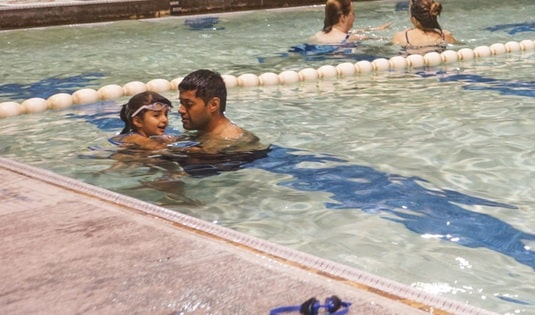Swimming pools in India are not limited to sporting and leisure clubs and hotels but have sprouted in the housing societies, which have come up all over the country following the real estate boom. Private homes can also construct their swimming pools. There are certain rules and regulations about swimming pools in India that ensure the best standards of hygiene for the swimming pool and safety for the swimmers. Some of them have been discussed here.
Permission to construct and operate swimming pools

There is a set of procedures to obtain the required permit to construct and operate a swimming pool. Permission must be sought from the municipal authorities, which entails submitting an affidavit on non-judicial stamp paper along with other documents as specified by the authorities. In addition, a clearance certificate from the PWD is required if the swimming pool is to be equipped with a diving board.
The municipal authorities may or may not grant permission to construct a swimming pool based on the findings of its scrutiny of the application. If the permission is granted, the owner must submit a completion report after the construction is completed and seek a no-objection certificate to operate the swimming pool.
Presence of lifeguards
A lifeguard must be present when the swimming pool is in use. It is the responsibility of the resident welfare association in the case of a housing society or the management of a hotel or club to appoint a lifeguard and ensure that the pool is not used in the absence of the lifeguard.
Lifeguards are responsible for the safety of the swimmers, provided they follow the safety rules and regulations.
Pool hygiene
Swimming pools are susceptible to contamination by pathogens, dirt particles, debris, and swimmers’ body fluids. Thus, the pool water must be maintained per certain hygiene standards to prevent infections and spread of waterborne diseases.
The pH level of the water must be maintained between 7.2-8. pH less than 7 means the water is acidic, which causes a stinging or burning sensation in the eyes of the swimmers and also damages the pool equipment. pH more than 7 means the water is alkaline, which can cause skin rashes. The pool water must be regularly tested, and the pH levels must be rectified if required.
Calcium hardness must be maintained at 200-250 ppm in the case of concrete swimming pools and 175-225 ppm in the case of vinyl swimming pools. The coliform level should be less than 10 in 100ml, while the fecal coliform level should be 0.
The swimming pool is required to be disinfected using chlorine-based disinfectants, algaecides, ozone treatment, or UV radiation treatment. Chlorine in the water combines with ammonia to form chloramines, which causes skin and eye irritation. Thus, it is mandatory to shock the pool once a week to remove the chloramines. Shocking entails adding high amounts of chlorine to the water while running the pool filtration system.
The pool filtration equipment must be maintained in the best condition to ensure it efficiently removes dirt, debris, and other impurities from the pool water.
General rules and regulations
People can only use the swimming pool if they wear the standard swimming attire. In addition, people with cuts, wounds, bandages, skin disease, cough, cold, upset stomach, or venereal diseases cannot enter the pool.
A swimming cap is mandatory for swimmers with long hair. Children under the age of 14 cannot be allowed to use the pool without an adult guardian. Running is also prohibited around the swimming pool.
Food and drink are not allowed in the swimming pool. There should be a penalty for littering the swimming pool’s interior or surroundings with bottles, wrappers, cigarette ash, and other items.
Fixed timings must be determined and enforced for using the swimming pool.
Santosh Kumar, the author behind IndiasStuffs.com, is passionate about sharing valuable insights on a variety of topics, including lifestyle, technology, and Indian culture.
Page Contents

